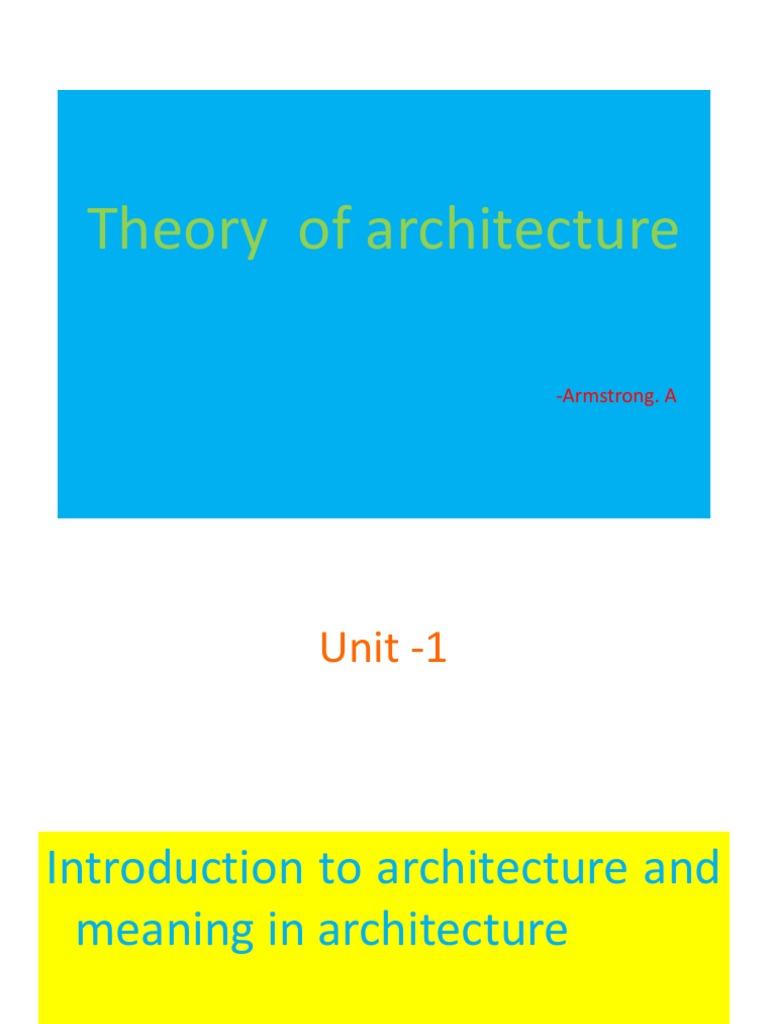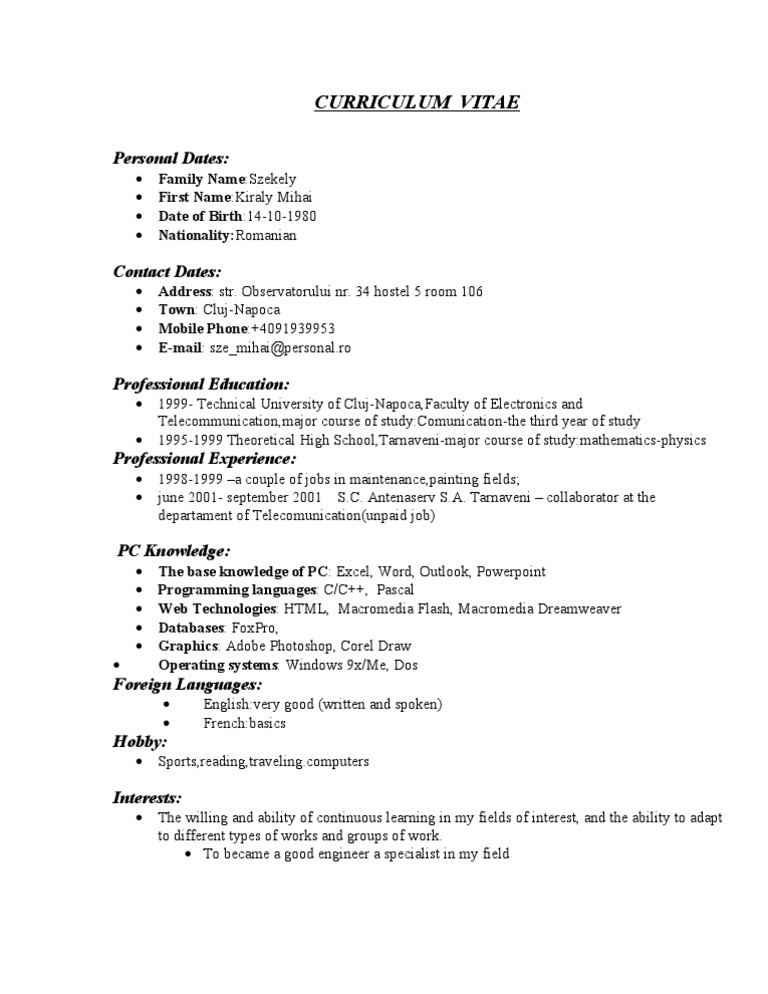ADVERTISEMENTS: The following points highlight the top two cash management models. Baumol’s EOQ Model of Cash Management 2. Miller-Orr Cash Management Model. Baumol’s EOQ Model of Cash Management: William J. Baumol (1952) suggested that cash may be managed in the same way as any other inventory and that the inventory model could reasonably reflect the cost – volume relationships as well as the cash flows. In this way, the economic order quantity (EOQ) model of inventory management could be applied to cash management.
To use the model, authentic and true data is required and this may be difficult from operational point of view. Beranek has developed a probabilistic model for controlling cash which involves management specifying probabilistic outcomes for net cash flows based on prior knowledge and experience.
If you liked or unliked 108 saranam ayyappa music, please for 108 saranam ayyappa's hd mp4 videos or mp3 songs as per as below comment box. If You are unable to download 108 saranam ayyappa song, please. Download full HD MP4 108 saranam ayyappa song on android mobile. • This video and mp3 song of 108 ayyappan sarana gosham veramanidasan 108 is published by Melody Recording on 20 Mar 2013. • This video and mp3 song of Ayyappan sarana gosham tamil 108 saranam 108 1080hd is published by SD24 Tamil on 14 Nov 2017. Tamil mp3 songs download torrent.
It provides a useful conceptual foundation for the cash management problem. In the model, the carrying cost of holding cash-namely the interest forgone on marketable securities is balanced against the fixed cost of transferring marketable securities to cash, or vice- versa.
The Baumol model finds a correct balance by combining holding cost and transaction costs, so as to minimize the total cost of holding cash. ADVERTISEMENTS: According to the model, optimum cash level is that level of cash where the carrying costs and transaction costs are the minimum. The carrying costs refers to the cost of holding cash i.e. Interest forgone on marketable securities. Novel biografi bj habibie pdf. The transaction cost refers to the cost involved in getting the marketable securities converted into cash and vice versa. Assumptions: The Baumol’s model holds good if the following assumptions are fulfilled: (a) The rate of cash usage is constant and known with certainty. The model has limited use in times of uncertainty and firms whose cash flows are discontinuous or bumpy.
(b) The surplus cash is invested into marketable securities and those securities are again disposed of to convert them again into cash. Such purchase and sale transactions involve certain costs like clerical, brokerage, registration and other costs. The cost to be incurred for each such transaction is assumed to be constant/fixed. In practice, it would be difficult to calculate the exact transaction cost.
(c) By holding cash balance, the firm is would incur the opportunity cost of interest forgone by not investing in marketable securities. Such holding cost per annum is assumed to be constant. (d) The short-term marketable securities can be freely bought and sold.

Existence of free market for marketable securities is a prerequisite of the Baumol model. Limitations: The important limitations in Baumol’s model are as follows: (i) The model can be applied only when the payments position can be reasonably assessed. (ii) Degree of uncertainty is high in predicting the cash flow transactions. (iii) The model merely suggests only the optimal balance under a set of assumptions.

But in actual situation it may not hold good. Nevertheless it does offer a conceptual framework and can be used with caution as a benchmark. Illustration 1: The outgoings of Gemini Ltd. Are estimated to be Rs.
5,00,000 per annum, spread evenly throughout the year. The money on deposit earns 12% p.a. More than money in a current account. The switching costs per transaction is Rs.
Calculate the optimum amount to be transferred. Solution: According to Baumol, the optimum amount to be transferred each time is ascertained as follows: Where, C = Optimum transaction size A = Estimate cash outgoings per annum Le. 5,00,000 T = Cost per transaction Le.
150 I = Interest rate on fixed deposit Le. Number of transactions p.a. 35,000 = 14 transactions Average balance in the short notice account = Rs. 35,000/2 = Rs.
17,500 Aggregate of fixed cost = 14 transactions x Rs. 2,100 Illustration 2: ABC Ltd. Has estimated that use of Rs. 24 lakhs of cash during the next budgeted year. It intends to hold cash in a commercial bank which pay interest @ 10% p.a.
For each withdrawal, the company incurs expenditure of Rs. What is the optimal size for each withdrawal? Solution: Each time the firm will withdraw Rs. 85,000 from the bank deposit.
After spending all the amount of Rs. 85,000, again the company will withdraw a similar amount and so on. Illustration 3: Tarus Ltd. Has an estimated cash payments of Rs. 8,00,000 for a one month period and the payments are expected to steady over the period. The fixed cost per transaction is Rs.
250 and the interest rate on marketable securities is 12% p.a. Calculate the optimum transaction size.
Solution: The optimum transaction size will be calculated as under: Where, A = Estimated monthly cash payments i.e. 8,00,000 T = Cost per transaction i.e. 250 I = Interest per annum i.e. (For one month, the rate of interest is 196 or 0.01) Optimum transaction size = Rs.
2,00,000 Average cash balance = Rs. 2,00,000/2 = Rs. 1,00,000 Number of transactions = Rs. 2,00,000 = 4 transactions 2.